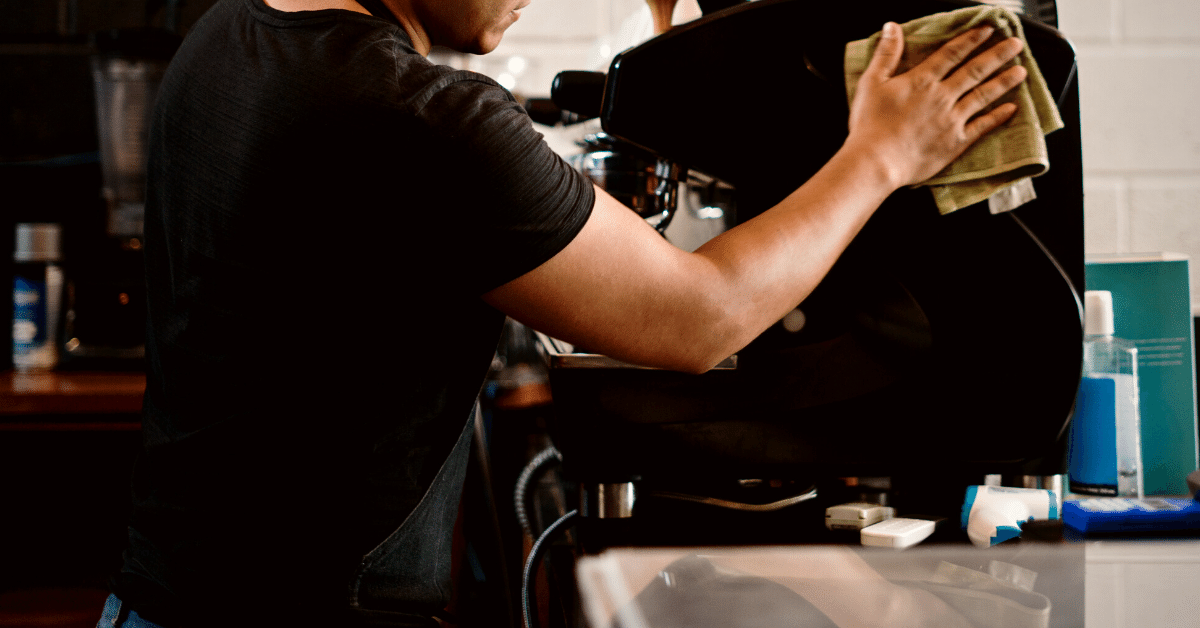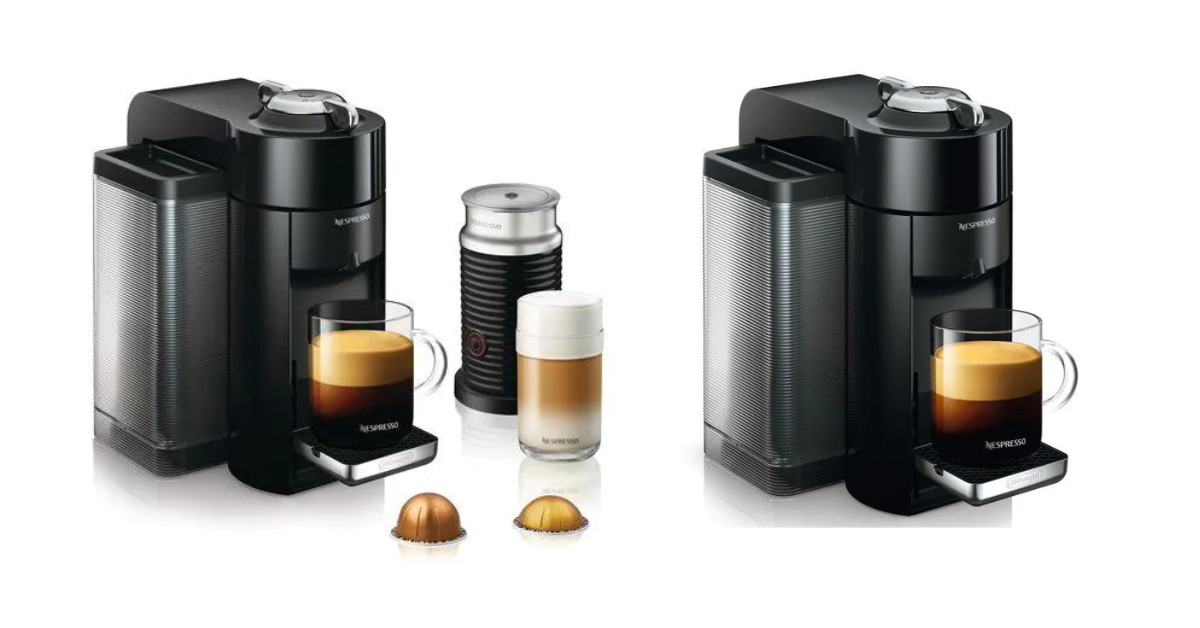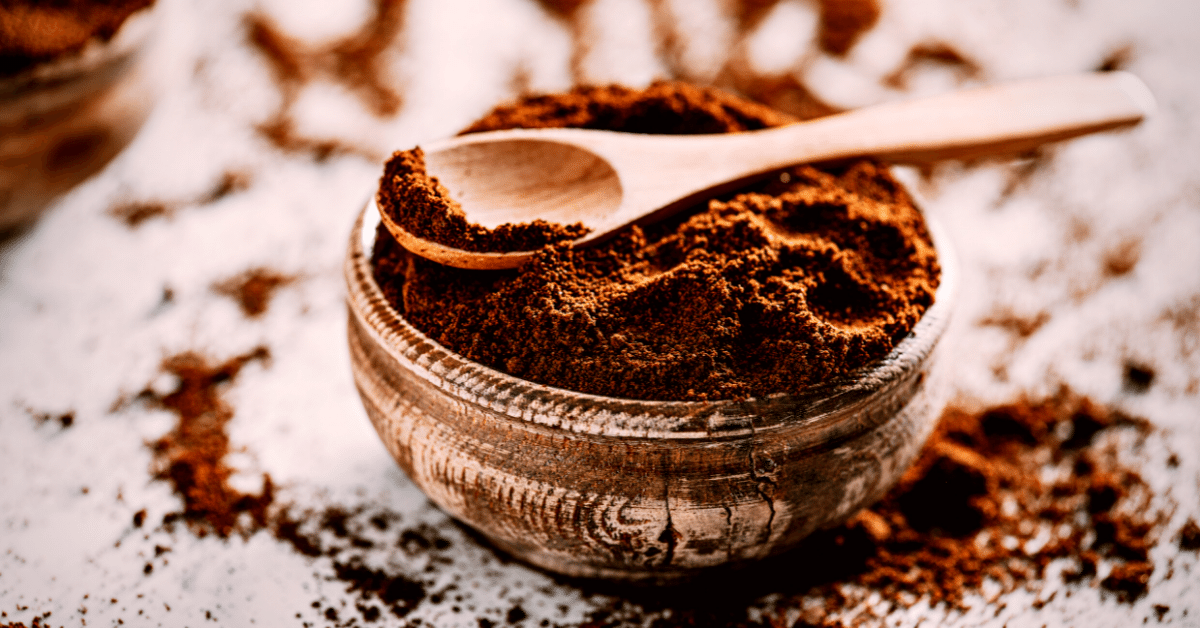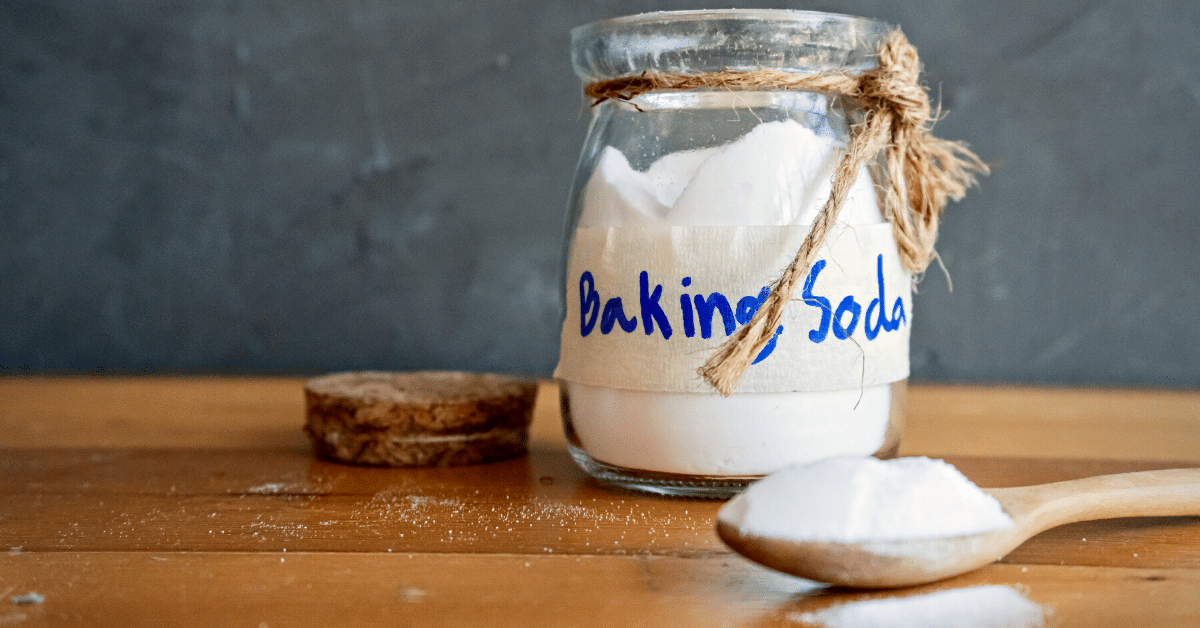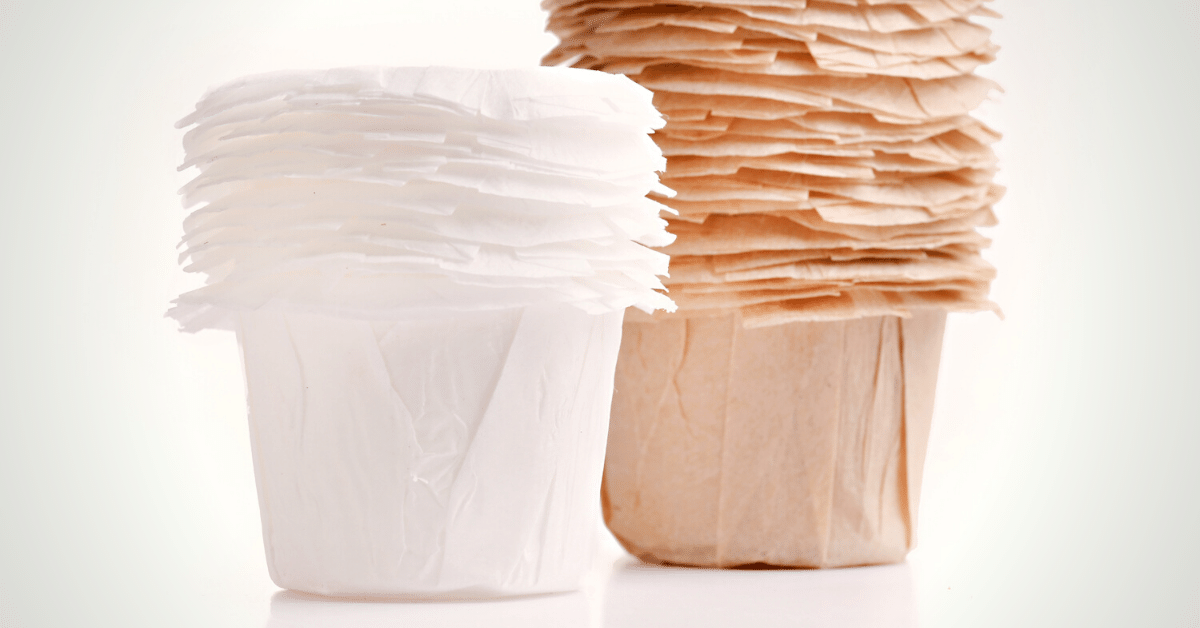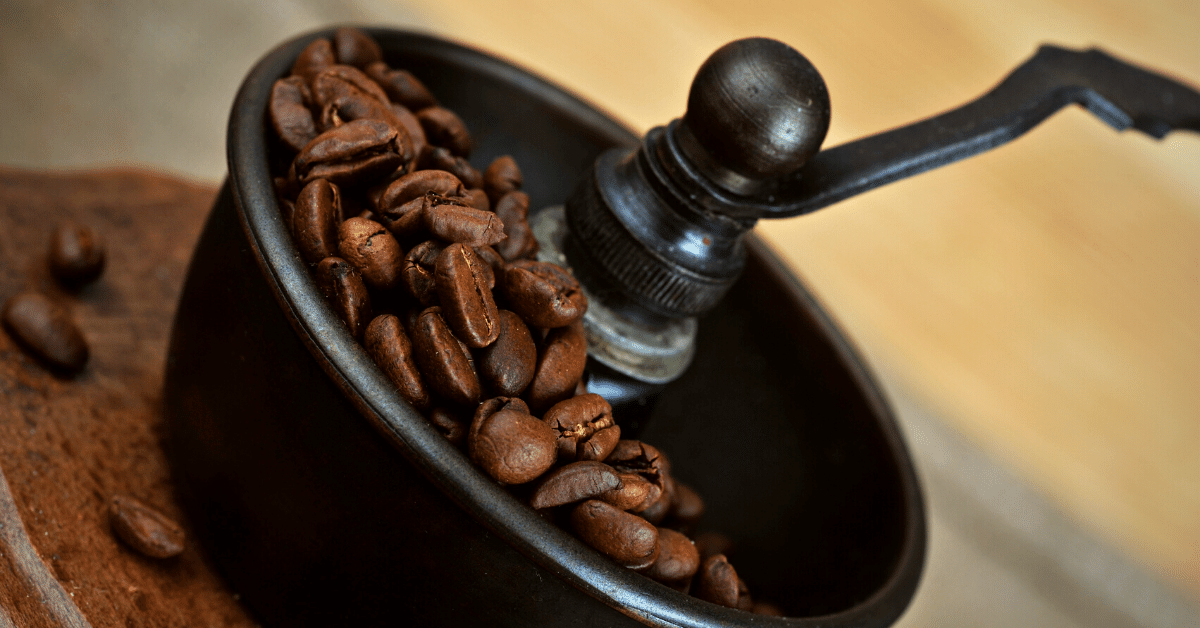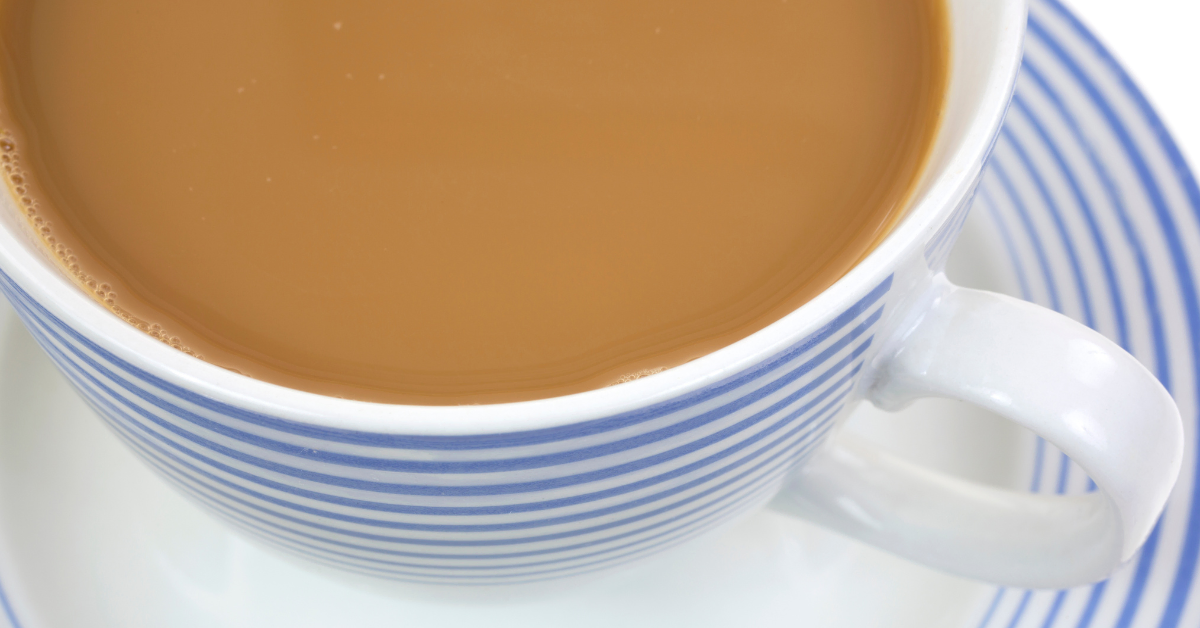Wondering how to clean a coffee maker without vinegar? Check out which alternatives you can use instead of vinegar for cleaning your coffee machine.
You finally decided that it was about time to clean your coffee maker. But you realize that you don’t have a cleaning solution or vinegar.
No worries, I got you covered!
I’m a (self-proclaimed) queen of DIY cleaning hacks and always researching new ways to clean my house.
So, naturally, I can give you a few super easy and effective tips on how to clean a coffee maker without vinegar.
So, let’s start!
9 Ways To Clean Your Coffee Maker Without Vinegar
For a long time, I don’t use store-bought cleaning solutions for coffee makers. They can be pretty expensive, and, to be completely honest, the good old apple cider vinegar solution is amazingly effective.
But, through the years, I discovered that you could use plenty of other common ingredients from your kitchen. And they will do an amazing job with your dirty coffee maker.
Here is an extensive list of vinegar alternatives for cleaning.
Baking soda
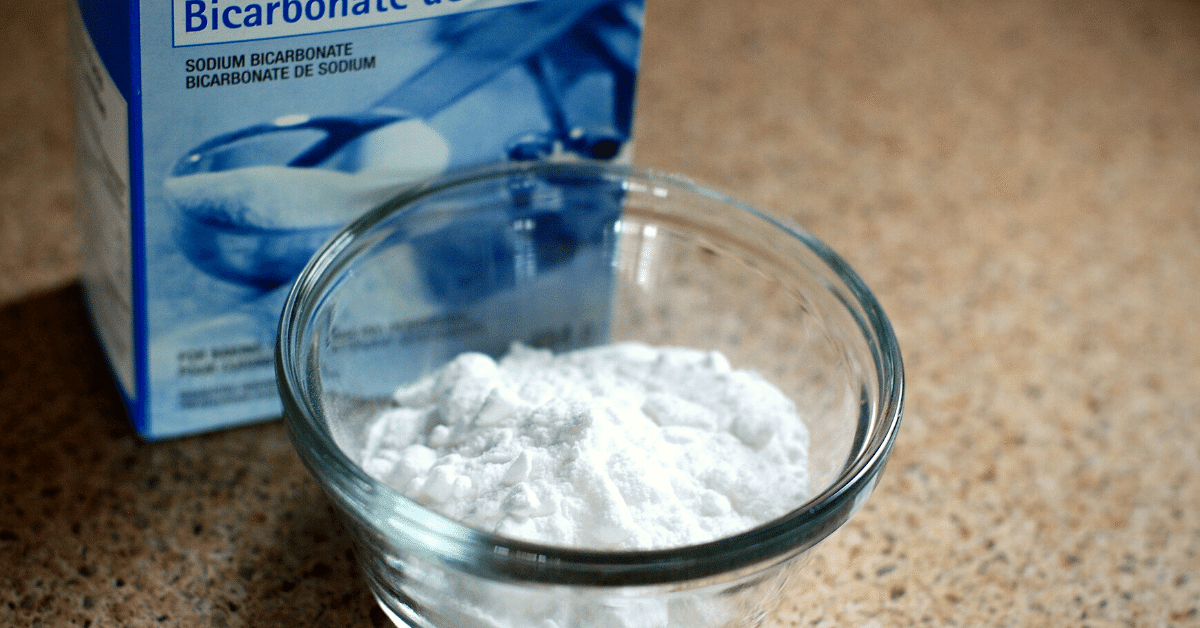
Baking soda is a must-have kitchen ingredient, and it has a wide range of uses. It is totally harmless for humans. As a matter of fact, you can drink small amounts of soda dissolved in water (my boyfriend often drinks it because it helps him with his heartburn).
Baking soda is commonly used for cleaning. Actually, it’s my all-time favorite when it comes to DIY cleaning hacks.
It is antibacterial, so it will kill the germs inside the drip coffee maker.
Also, it’s mild alkali, which means it can dissolve all the organic stuff like grease, coffee residue, or sticky build-ups.
And most importantly, it won’t damage your coffee maker.
Cleaning with baking soda is very easy:
- dissolve baking soda in the water
- pour it into the water tank of your coffee maker
- run a cleaning cycle
- run one or two water-only cleaning cycles to wash out baking soda leftovers
NOTE
Don’t forget to wash the coffee carafe too! You can also do it with baking soda or just pop it into the washing machine (if it’s dishwasher safe).
Lemon
When life gives you lemons…
…use them for cleaning!
No, seriously, lemons are great for cleaning all kinds of stuff.
One of the lemon’s most essential ingredients is citric acid.
What is cool about citric acid is that it’s antibacterial and antiseptic.
But, more important, it can break mineral build-ups (limescale) inside your coffee maker.
It’s really simple to make a cleaning solution from a lemon. Basically, it’s just a strong lemonade!
Squeeze the lemon juice, dilute it with water, and you’ll have a cleaning solution in a minute.
BONUS TIP
Strain the lemon juice because you don’t want any pulp to stick inside your coffee maker.
After cleaning, make sure you thoroughly rinse the coffee maker. Run two or even three cleaning cycles until all the lemon aroma disappears.
Hydrogen Peroxide
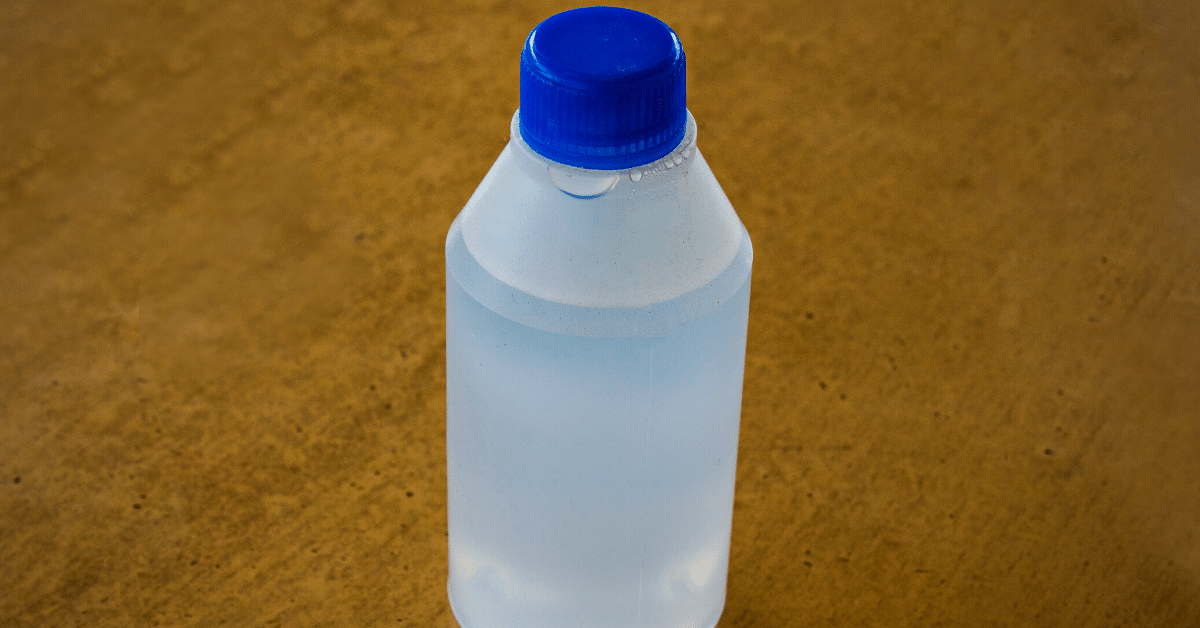
If you don’t have vinegar at home, search your cabinets for some hydrogen peroxide instead.
It’s a mild antiseptic, and it’s not toxic for humans. Because of that, we can use it on our skin or even as a mouthwash. But it is also an excellent coffee machine cleaner.
It’s not aggressive, so it won’t damage the coffee maker, and more importantly, it is safe to make coffee in your coffee maker afterward.
You can use pure hydrogen peroxide as a cleaning solution, but you can also dilute it with water. It’s up to you.
After running the cleaning cycle with hydrogen peroxide, make sure you run one or two water-only cycles.
Cream of Tartar
There is a high chance that you have the cream of tartar somewhere in your kitchen cabinet. It’s that white powder you (or your mom) use for baking.
Now you’re probably asking: how it’s possible to use it for cleaning your coffee maker?
Well, cream of tartar contains something called tartaric acid. It can easily break and remove greasy and sticky stains (perfect for oily coffee ground build-ups!). You can actually find it in some cleaning products.
So, if you want to give it a chance, this is how to do it:
- dilute two or three spoons of cream of tartar in the water
- pour it into the water tank
- run one or two cleaning cycles because it is less strong than vinegar
- rinse the solution from the coffee machine by running a water-only brew cycle
Denture tablets
Time to get resourceful! If you don’t have any vinegar alternatives in your kitchen, try finding them in your bathroom.
I’m serious. You can use denture tablets for cleaning a coffee maker.
I know it sounds weird, but it totally makes sense.
You’re usually using them for cleaning your retainer or mouthguard. It kills bacteria, prevents mineral build-ups, and removes hard food stains (like coffee stains).
As you can see, it checks all the boxes!
All you have to do is:
- fill the coffee maker’s water tank and add one tablet per cup
- when they dissolve, run a cleaning cycle
- don’t forget to rinse the machine, so run one or two freshwater cycles
Borax
Borax (or sodium borate) is a natural mineral used in many products like mouthwash, toothpaste, and cleaning products.
People use it for cleaning washing machines or fridges, but also for coffee machines.
It can clean your coffee maker from stains or bacteria as effectively as vinegar or a regular cleaning solution.
Add a few scoops of borax to the water and run a cleaning cycle on your coffee maker.
But be careful!
Sodium borate is strong, and it can be very harmful if you consume it. Because of that, the U.S. FDA banned borax as an additive in food.
So, make sure you rinse the coffee maker well. Run two or even three cycles with clean water.
CLR solution
In case you didn’t know, CLR stands for calcium, lime, and rust. It is one of the strongest products for cleaning. Most likely, you used it for cleaning bathtubs, sinks, or toilet bowls.
Knowing that you probably understand how strong this product is.
Yes, you can use it for cleaning your coffee maker, but you need to be extra careful.
This is how to do it. CLR needs to be diluted in the water. Your mixture has to be at least 1:8 CLR to water, or it will be too strong. You can even go to 1:10.
- make a CLR solution
- pour it into the water tank
- run a cleaning cycle
- you should rinse your machine super thoroughly, so run at least three cycles with fresh water, and repeat until you can’t smell CLR solution anymore
KEEP IN MIND
The CLR solution should be your last option. Any other option is less risky and toxic.
Soap with warm water
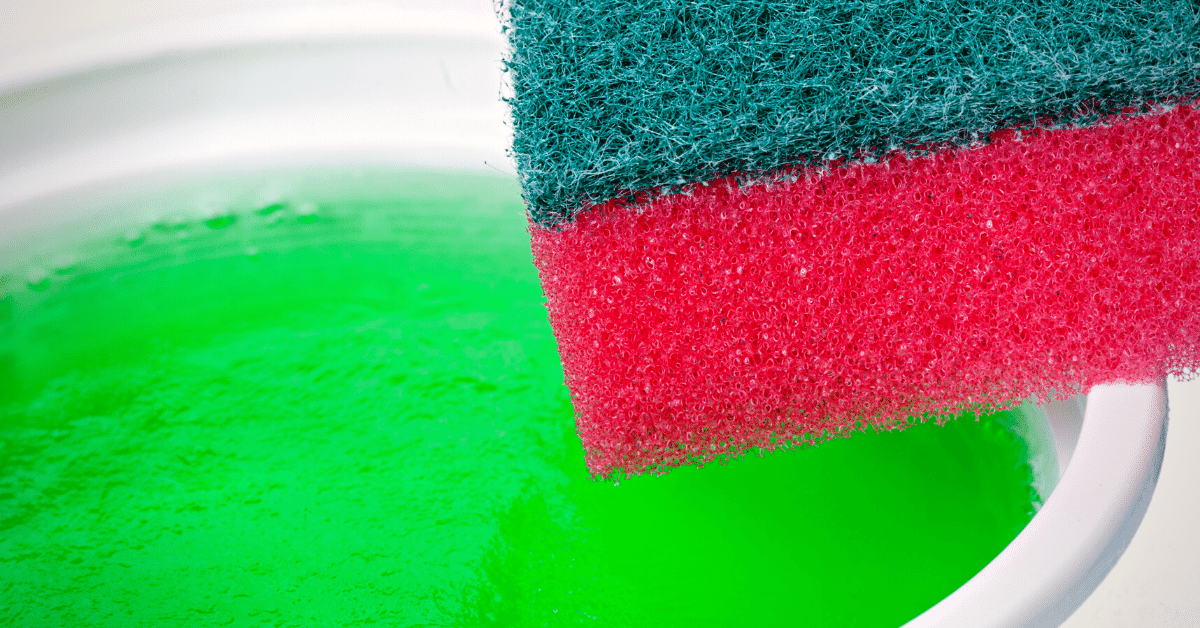
One thing you will most likely find at your house is dish soap.
It’s made for washing greasy and sticky food leftovers. So, it will be more than enough for your coffee machine.
In combination with hot water, it works even better.
All you have to do is add a few drops to the coffee maker’s water tank filled with water. The coffee maker will heat the soapy water automatically and do the rest.
Most dishwashing detergents are toxic for humans, so make sure you rinse the coffee maker properly. Repeat the brewing cycle with clean water as long as you see traces of soap.
Alcohol
And, last but not least: humble but efficient – alcohol!
It can disinfect most things. Alcohol has such wide usage today that I can’t even recall all of them.
But, definitely, one of them is cleaning your coffee maker.
Because alcohol evaporates quickly, you want to dilute it with some water. The best proportion is 1:3 alcohol to water.
After that, you should run one cleaning cycle with plain water.
And that’s it. Your clean coffee maker is ready to brew!
FAQ
Let’s clear out some basic issues regarding cleaning your coffee maker. This info can help you prolong your coffee maker’s career.
What happens if you don’t clean your coffee maker?
The reason why you should regularly clean your coffee machine is simple: mold and limescale.
First, hot water leftovers inside a closed plastic system are a playfield for growing mold and bacteria.
And if that is not enough for you, evaporated water (especially the hard water) will form a limescale and potentially ruin your machine.
How often should a coffee maker be cleaned?
It depends on how often you use it and how hard your water is.
But, if you use it daily, you should clean it once every two months. The coffee pot and filter basket should be cleaned more often, preferably after every use.
How do I know if my coffee maker is dirty?
The first sign that your coffee maker needs cleaning is that your coffee tastes off.
Also, you may notice that it takes longer to brew than usual. Also, if your machine makes some strange noise, that could be a sign.
Final Thoughts
And there you have it!
If you don’t have white vinegar at home, and your coffee maker desperately needs cleaning, there are multiple products you can use for cleaning it.
Look around your home because you can use many common products such as alcohol, baking soda, warm soapy water, or even denture tablets.
Some of these may sound unusual. But if you don’t have other options, give them a try!
Does your Cuisinart coffee maker need a good cleaning? Here’s our step-by-step guide on how to clean a Cuisinart coffee maker.

